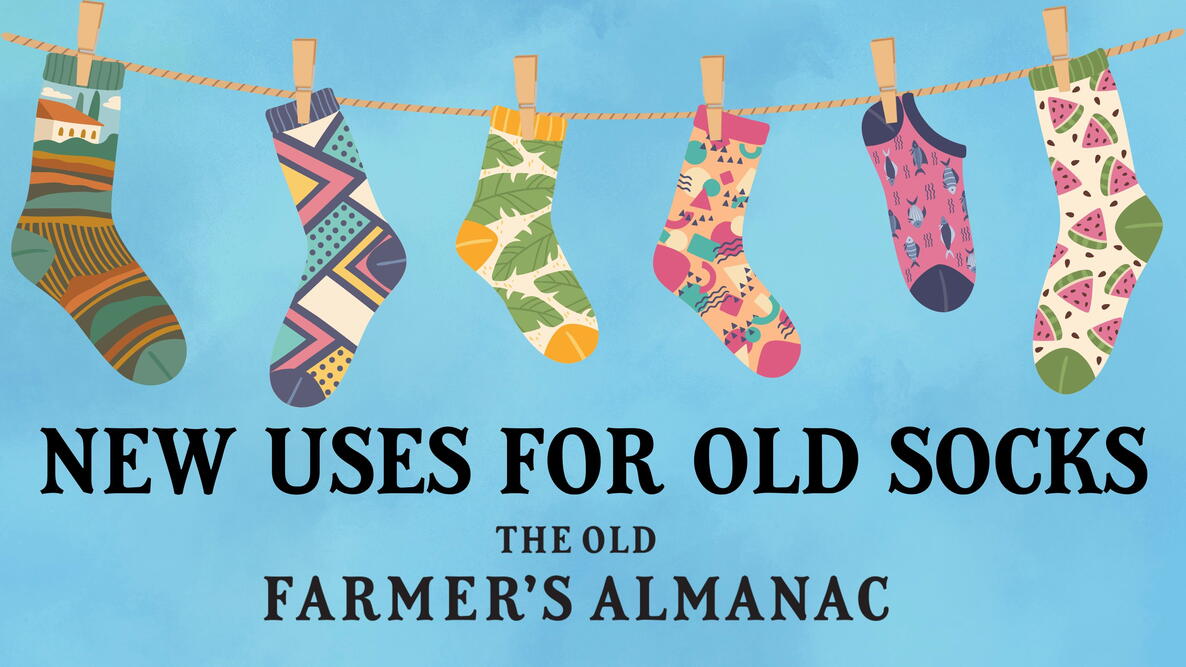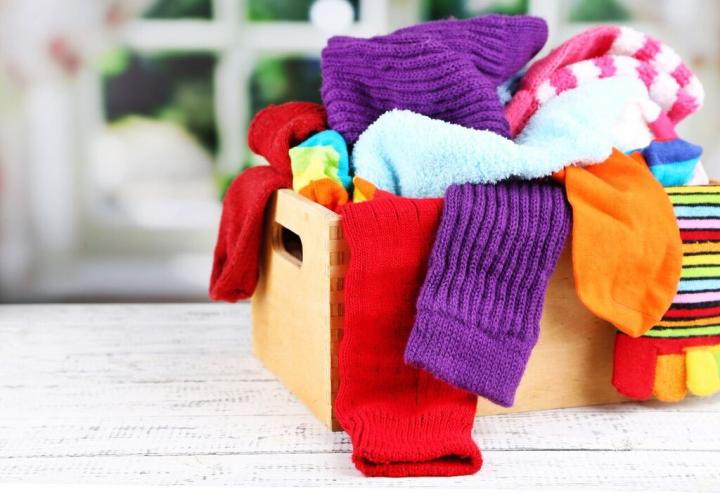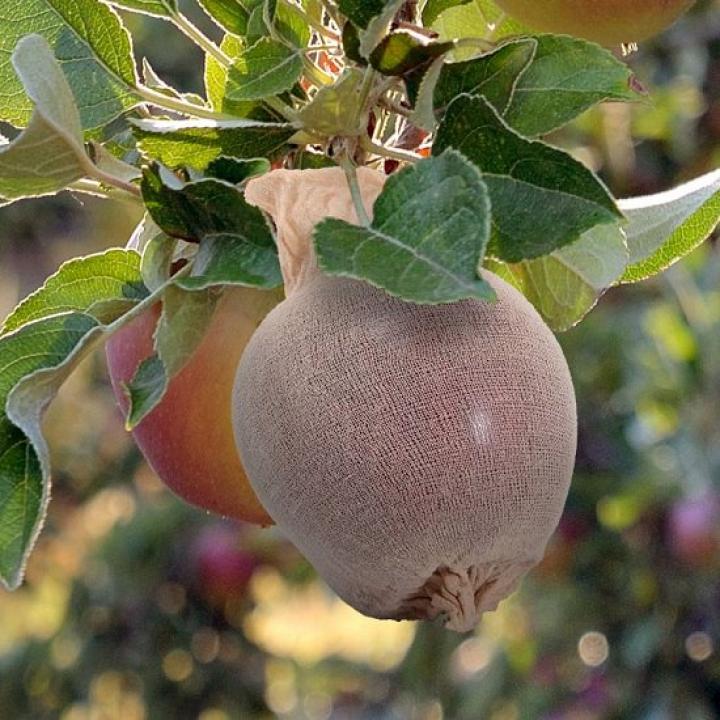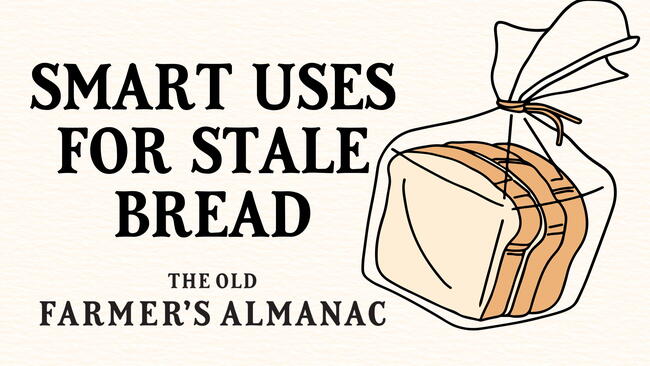
Photo Credit
Margaret Boyles
Subhead
Recyling Panty Hose in the Garden and Home
More Like This
If your washer had a discharge hose that empties into a stationary tub or sink, clamp a sock over the end (clamp by the open end to make a bag) to catch all the lint that gets flushed from the machines lint trap. Prevents drain clogs over time. Heavy cotton athletic socks work the best for us.
Thank you for bringing back the e-mail and pdf and print options! Was sorely missed!
When making large batches of soup, stock, or even spaghetti sauce, I put the herbs in an old sock or stocking, so when the cooking's done, I just have to lift the sock out of the liquid instead of having to strain it. Then you can clean the sock and re-use it. (For very small batches, I put the herbs in a large teaball, the size you'd use for a whole pot of tea.)
Pre-filter the stuff going into your swimming pool's filter. Cut 1 pair of pantyhose legs into 4. (The panty part of the pantyhose becomes a 5th) Tie a knot in one side. Slide the hose sock over the skimmer basket. Replace the basket . . . and catch the pollen, leaves, bugs, etc. that requires frequent back washings, BEFORE they get to the filter. Easily washed out with a hose, for repeated use.
I've been doing this for YEARS. I've been successfully maintaining the proper pressure throughout an entire pool season (outside Philadelphia, PA) with only ONE backwash.
Odd or holey socks can be used to clean the toilet and then tossed.
A few more varied uses similar to some above...
Fostering motherless tiny kittens, especially neonates, none of whom can regulate their body temperature, same use as those goats! And kittens can be very messy so a lot of socks can come in handy. Also, that rice sock gently warmed comes in handy to form in a circle and toss a towel over to make a cozy little bed.
For refinishing and finishing or painting wood, put a latex glove on your hand then slip a sock over that. Dip your fingers into the paint or varnish stripper and rub evenly over all sides of the object, then later use another sock and wipe it off and clean the object, then later yet to add a new finish of paint, stain or varnish. Perfect for difficult shapes like spindles or delicate carving. You can toss these or soak and rinse them for later use.
For your oatmeal bath, use old pantyhose or lightweight tights or socks. Cut the hose or tights into about 12-inch sections, socks as is, pour a cup of instant or old-fashioned oatmeal into it along with some lavender blossoms or essential oils or other scent if you choose, and toss in your warm bath water to absorb water for about 10 minutes. Gently squeeze the sock and see the oatmeal's "milk" ooze through the hose and gently rub this all over your skin, let it sit for a minute or two, then rinse. The hose helps slough dead skin cells and clear your pores and the oatmeal softens and conditions your skin.
There is a mail in recycling program for hosiery. For more info, search in google for "savemyhosiery"
For years I used a sock as a "case" for my 35mm cameras. I inverted the ankle part back over the foot part, creating a double thickness of sock, and kept a camera-in-sock standing on end in my very well-compartmentalized purse for handy access. Today's camera phones seem (I don't know for sure -- I don't own one) to be a lot more delicate than my 35mm workhorses, but if you have a camera phone in a case, maybe the doubled-over-sock can still be helpful as a protective cushion. Maybe?
We have great fun dressing newborn baby pygmy and Nigerian goats in socks during chilly winter months. Cut a slice across the heel (front legs slip thru here), snip off the toe (this part faces the rear), and cut off or roll down the ribbed ankle section to form a turtleneck. The business part of the baby is left exposed and functional, plus Mom can sniff and identify in a crowd.
- « Previous
- 1
- 2
- …
- 10
- Next »












Comments